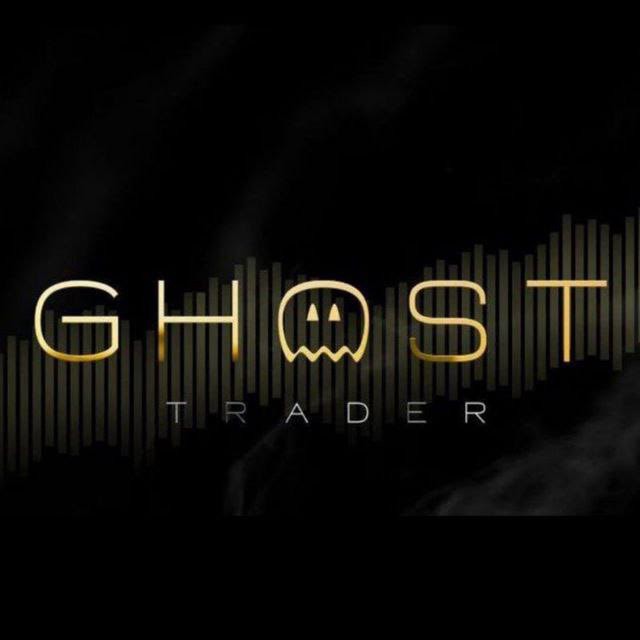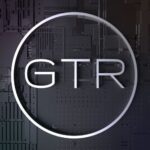Ghost Trader — Our NFTs are Different, Better

If you have been around the cryptospace over the past six months, you probably already know how hot NFTs have been. It seems that every single internet influencer, athlete, big-time artist, musician, etc. has gotten in on the game. In the collective mind’s eye of the public, when people encounter the term NFT, or Non-Fungible Token for those not inclined to brevity, they tend to conjure images of Nyan Cats or smoking apes, autographed tweets or something similarly ephemeral and altogether unserious. Ask your average person over the age of 40 and you are likely to be on the receiving end of a rather dismissive and condescending scoff, followed by an even more exasperated eyeroll.
Such a response is not altogether warranted. While NFTs hold immense promise for all manner of applications, the truth of the matter is that most of them on the market currently represent little more than vaporware — little to no real use case, no functionality, and value as dubious and suspicious as a tulip bulb. In fact, most people, even those who have decided to take the plunge into the NFT market, have absolutely no clue what they are, what they can or cannot do, and no clarity about their future. They just know that other people want them, so they should as well. It is the absolute worst in bandwagoning. There are literal fortunes being made and lost daily in that market.
All of that is to say that not all NFTs are so speculative or lacking utility. Some NFTs genuinely provide unique functionality to the space, and deliver real utility and value to their owners. But before we go further, we should probably define the term NFT a bit more clearly.
At a very high level, most NFTs are being created and minted on the Ethereum blockchain. Many people have also moved to Solana as a much lower-cost option, as well as a handful of others. Ethereum and Solana are both layer-one blockchains, similar to Bitcoin. However, while each of these chains operates using their own fungible tokens for the vast majority of their use cases, NFTs represent a kind of second level application. NFTs are coded to operate on a specific and particular blockchain, but still remain different from the underlying fungible — that is, completely interchangeable — tokens. NFTs are unique. They are not interchangeable. That is what makes NFTs potentially incredibly powerful in a global market. And NFTs can be coded by their creators to incorporate unique functionality that can run the gamut from logistical track-and-trace characteristics to significantly more exotic and complex DeFi functionality.
It is precisely this last capability that makes Ghost Trader’s NFTs vastly different from anything else on the market currently. Recall from previous posts that Ghost Trader is a fully tokenized hedge fund, one that — due to its tokenization — enables significantly smaller contributors to get access to the high level trading skills and expertise of our head trader and the rest of his crack team.
Ghost Trader NFTs provide the capability to automatically compound one’s returns from the collective trading pool. While it is certainly possible to repurchase GTR tokens with one’s monthly BUSD rewards paid out to all tokenholders, the NFTs empower its holders essentially to set-and-forget their choice, to prevent them from having to remember to do it every time rewards get disbursed. Additionally, because this function is automatic and internal to Ghost Trader, no buy or sell fees get generated like they are with the GTR token, thus further magnifying the compounding power of one’s contributions.
The NFT also allows contributors to fund their holdings more efficiently and effectively, enabling them to inject new contributions directly into the trading pool at a significantly higher participation rate than through the token alone.. For comparison, the GTR token participation rate is 4% on all buy transactions, and 8% on all sell transactions.
While it remains clear that the overall NFT market still has a long way to go before its offerings mature in terms of what they can do and what they can offer their holders in terms of use cases, the fact remains that Ghost Trader is leading the pack by proverbial miles and miles, providing real value and real functional utility to its holders where others simply do not. Indeed, there is no better digital asset ecosystem for cultivating a reliable, long-term passive income than the Ghost Trader project.



